University of Alabama graduate student and researcher, Vanessa Marshall, collects specimen from the Red Lakes at Ruffner.
If you hike a lot from the Eastern Trailhead to the Wetlands, you may run into University of Alabama grad student and researcher, Vanessa Marshall, collecting eastern newts (Notophthalmus viridescens) and water samples from the ponds. We appreciate the dedication of scientists to help make Ruffner a better place for wildlife!
Ruffner’s history as an iron ore mining operation, and the mountain’s re-wilding and transformation, often present challenges and perils to the creatures inhabiting the nature preserve. This is especially true for the man-made aquatic habitats, the Red Lakes and the Wetlands. The ponds at the Red Lakes (off-trail and hiking prohibited) are mining relic settling ponds and tinged with rust/red. These ponds are metal-contaminated environments teeming with amphibious life, and the creatures that inhabit these ponds endure varying consequences, including metal contamination, basic pH, as well as chytrid fungus (Batrachochytrium dendrobatidis (Bd)), a skin disease that can be fatal to amphibians. Sometimes these threats factor simultaneously to detrimental effects. We’ve experienced two known die-offs of eastern newts.
“To prevent Bd-related amphibian die-offs, it’s important to understand what factors are affecting Bd transmission and infection load,” Vanessa explains. “My study aims to 1) determine how the different Ruffner water sources affect eastern newt Bd dynamics and immune defenses, 2) determine the primary cause of die-offs at the Red Lakes, and 3) measure water quality of the Red Lakes and wetland areas. My project will provide direction for future amphibian conservation efforts at Ruffner Preserve via updated water quality restoration goals and chytridiomycosis monitoring practices. Additionally, healthier amphibian populations will have a positive cascading effect on other fauna of the Ruffner Preserve ecosystem.”
Learn more about chytrid fungus and how it affects amphibians here.



